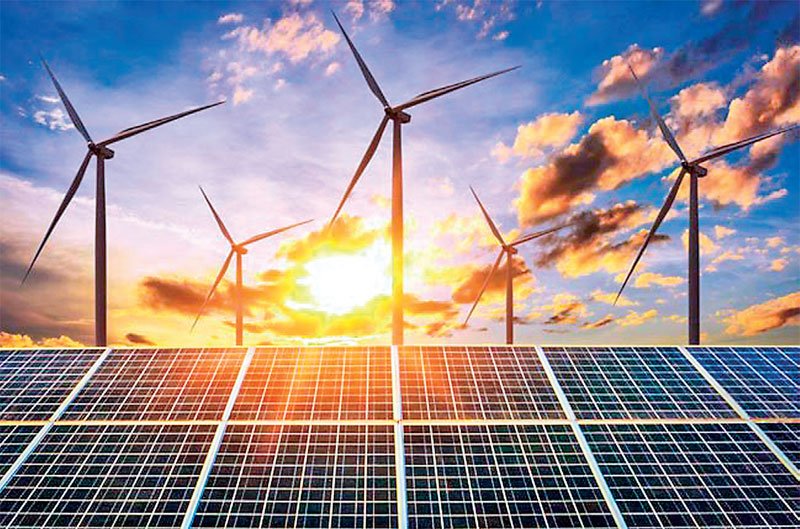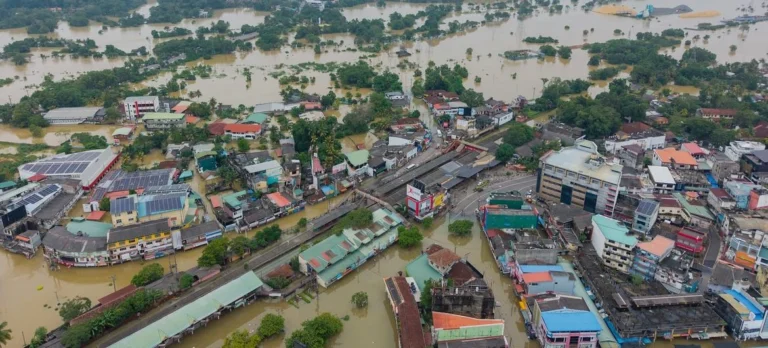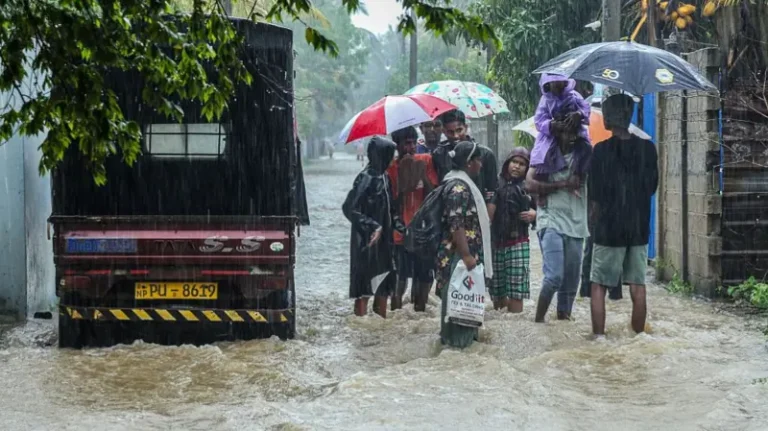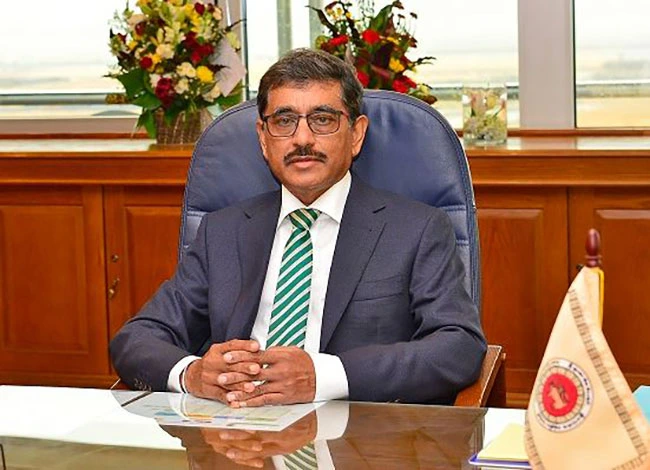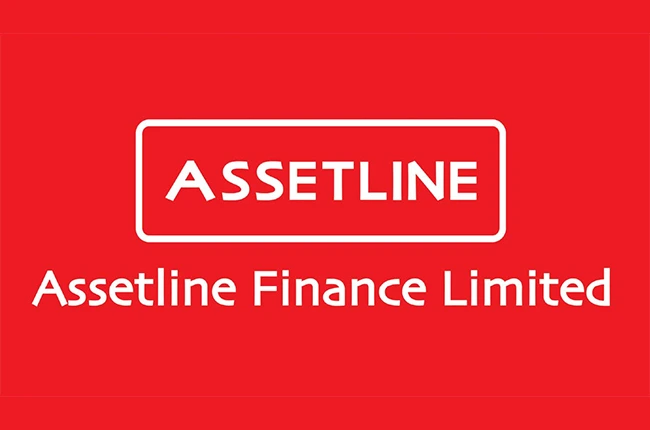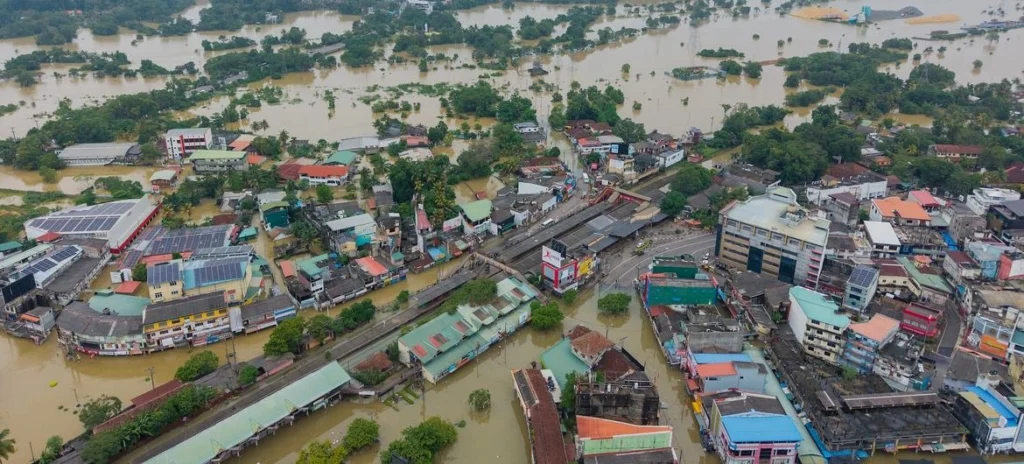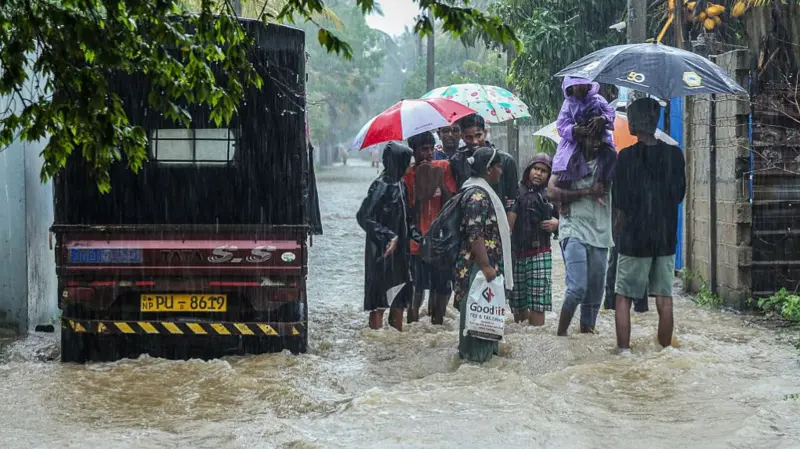Introduction
Sri Lanka is at a crossroads. While grappling with economic recovery, climate risks, and energy insecurity, the nation faces an urgent question — how can we build a resilient future without repeating the mistakes of the past? The answer may lie in something as natural as the sun, wind, and water: renewable energy.(Renewable Power)
From the rise in global oil prices to local power cuts and fuel shortages, 2022–2023 reminded us just how vulnerable we are when energy is imported and expensive. But amid crisis comes opportunity. Sri Lanka is uniquely positioned to leapfrog into a renewable-powered future — and the time to act is now.
The Cost of Energy Dependence
Over 45% of Sri Lanka’s electricity was still generated from fossil fuels as of 2024, with a significant portion of national income going towards fuel imports. The 2022 fuel crisis paralyzed industries, transport, and public services. More than just a financial burden, it exposed a national security issue — one that affects every citizen, especially low-income households hit hardest by power shortages and rising bills.
Renewable Energy: More Than Just a Climate Fix
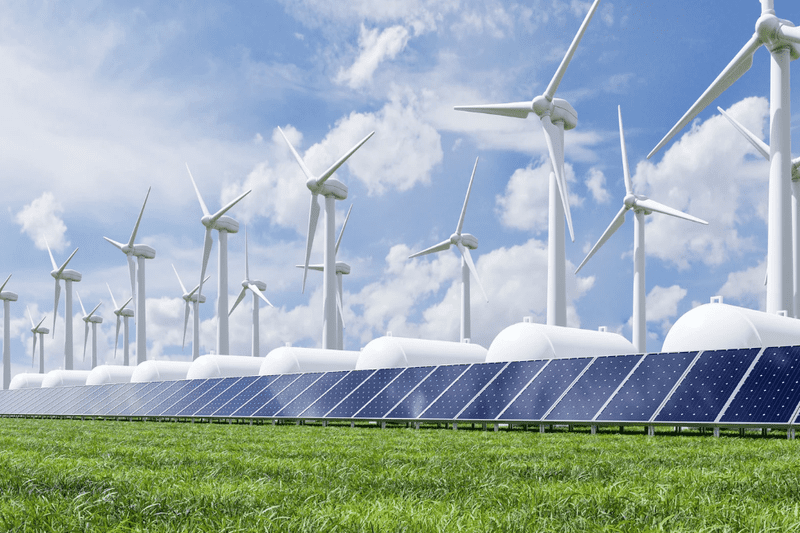
There’s a growing perception that renewable energy is only about climate change. But in Sri Lanka, it’s about much more:
- Energy Security: Solar, wind, and hydro sources are domestic. We don’t need to import sunlight.
- Cost Savings: The cost of solar panels has fallen over 80% in the past decade. Today, small businesses and homes can produce their own electricity, reducing grid strain.
- Job Creation: Green industries are labor-intensive. Solar panel installers, technicians, wind turbine operators — this is a path to youth employment.
- Rural Empowerment: Decentralized solar grids can power villages, schools, and SMEs without waiting years for national grid expansion.
Current Progress: Encouraging but Uneven
Sri Lanka has made strides, especially in hydroelectric power, which accounts for around 35% of electricity. Solar is growing fast too, with the Soorya Bala Sangramaya initiative introducing rooftop solar systems to thousands of households.
Yet there are bottlenecks:
- Slow approval processes for large-scale wind/solar projects
- Grid capacity issues preventing full integration of renewables
- Lack of incentives for the private sector to invest in green energy
The Policy Puzzle: What Needs to Change
To fully transition to renewable energy, Sri Lanka must reframe energy not just as a utility issue but as a strategic development priority.
- Update the Legal Framework: The Sri Lanka Sustainable Energy Authority Act must evolve to enable private-public partnerships, green financing, and fast-tracked approvals.
- Subsidize Smart, Not Dirty: Stop subsidizing fossil fuel usage and instead support solar batteries, smart meters, and clean energy access for low-income homes.
- Attract Green Investment: Clear, stable regulations and green bonds can invite foreign investors to develop wind farms and solar parks.
- Educate & Upskill: Universities and technical colleges should introduce more courses in renewable energy engineering, grid optimization, and climate technology.
The Global Context: Climate Diplomacy Matters
Sri Lanka’s commitment at COP28 to reach 70% renewable energy by 2030 was a bold move. But real credibility lies in action.
We can learn from countries like Morocco (solar mega-farms), Kenya (geothermal), and Vietnam (rooftop solar boom), all of which attract billions in climate financing. Sri Lanka must position itself similarly — as a climate-forward, investor-ready island.
With the upcoming 2025 presidential election, there’s also a political opportunity. Whichever leadership emerges will need to prioritize energy resilience to win both votes and investor confidence.
Social Equity and Just Energy Transition
A green revolution must be inclusive. That means:
- Targeted subsidies for solar systems in rural schools and low-income homes
- Involving women and youth in clean energy jobs and entrepreneurship
- Ensuring displaced communities (e.g., due to large dams or grid changes) are compensated and retrained
The shift must be both ecologically sustainable and socially just.
What Citizens Can Do
While policy matters, change also starts at home. Here’s what individuals and communities can do:
- Install rooftop solar panels where possible (financing options now exist)
- Use energy-efficient lighting and appliances
- Advocate for clean energy with your local council or school
- Support local businesses that use sustainable practices
Final Thoughts: Turning Crisis Into Opportunity
If Sri Lanka can transform its energy crisis into a green revolution, it will not only lower bills and reduce debt — it will secure our children’s future.
Renewable energy is not a luxury. It is a lifeline, a growth strategy, and a powerful tool for resilience in a rapidly changing world.
Let us power this island not just with light — but with vision.

